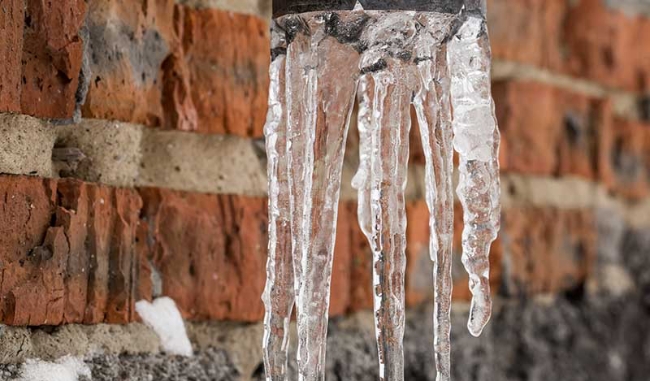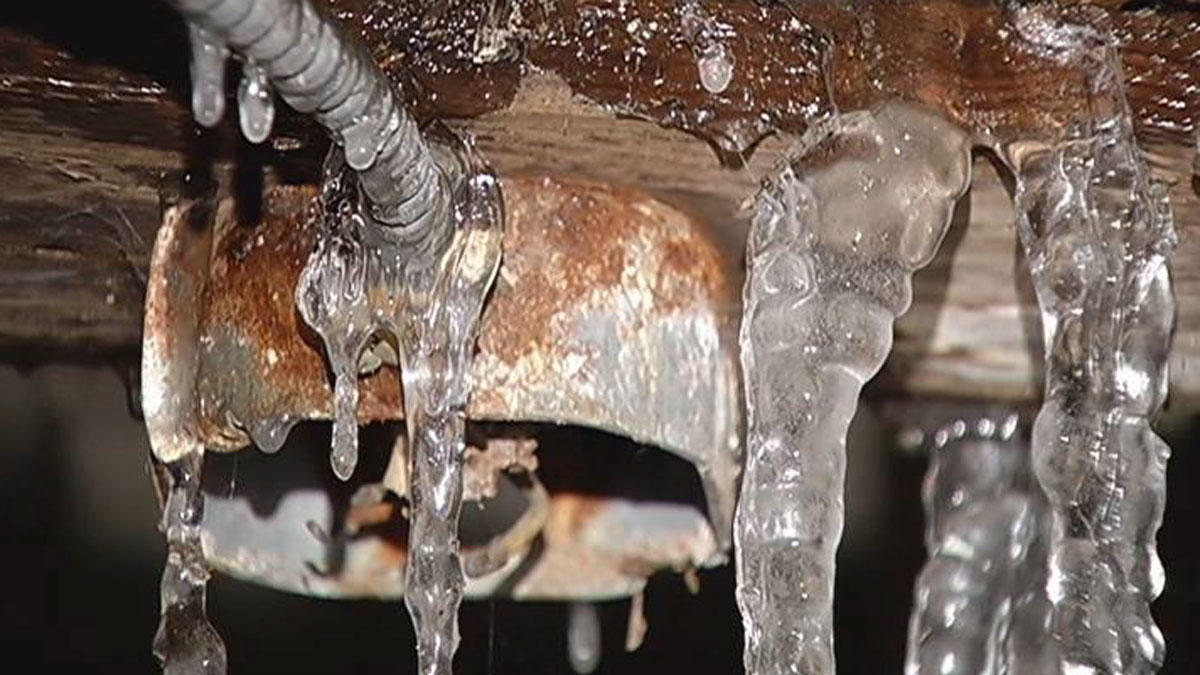This article below relating to Prevent Frozen Pipes is truly stimulating. Read on and make your own assumptions.

Cold weather can wreak havoc on your pipes, especially by freezing pipelines. Below's how to avoid it from happening and what to do if it does.
Intro
As temperatures decline, the danger of icy pipelines increases, potentially bring about costly repair services and water damage. Understanding just how to avoid icy pipelines is vital for house owners in chilly climates.
Avoidance Tips
Insulating susceptible pipes
Cover pipes in insulation sleeves or use warm tape to protect them from freezing temperature levels. Concentrate on pipes in unheated or outside locations of the home.
Heating methods
Maintain indoor spaces adequately warmed, particularly locations with plumbing. Open up cupboard doors to enable warm air to circulate around pipelines under sinks.
Exactly how to determine icy pipes
Try to find reduced water flow from faucets, unusual odors or noises from pipes, and noticeable frost on exposed pipes.
Long-Term Solutions
Architectural changes
Think about rerouting pipelines away from exterior walls or unheated areas. Add added insulation to attic rooms, basements, and crawl spaces.
Upgrading insulation
Purchase high-grade insulation for pipes, attic rooms, and walls. Correct insulation aids maintain consistent temperatures and decreases the danger of frozen pipes.
Protecting Outside Plumbing
Yard pipes and outdoor taps
Separate and drain pipes yard hose pipes prior to winter. Mount frost-proof faucets or cover outdoor faucets with shielded caps.
Comprehending Icy Pipes
What causes pipelines to ice up?
Pipelines freeze when subjected to temperatures listed below 32 ° F (0 ° C) for extended periods. As water inside the pipelines ices up, it increases, taxing the pipeline walls and potentially creating them to burst.
Dangers and damages
Icy pipelines can bring about water interruptions, residential or commercial property damage, and pricey repair services. Burst pipelines can flood homes and create substantial architectural damage.
Signs of Frozen Pipes
Recognizing frozen pipelines early can avoid them from breaking.
What to Do If Your Pipes Freeze
Immediate actions to take
If you believe icy pipelines, maintain faucets open to ease pressure as the ice melts. Make use of a hairdryer or towels taken in warm water to thaw pipes gradually.
Verdict
Protecting against frozen pipelines requires aggressive steps and quick responses. By comprehending the reasons, indications, and preventive measures, homeowners can safeguard their plumbing during winter.
6 Proven Ways to Prevent Frozen Pipes and Protect Your Home
Disconnect and Drain Garden Hoses
Before winter arrives, start by disconnecting your garden hoses and draining any remaining water. Close the shut-off valves that supply outdoor hose bibs and leave the outdoor faucet open to allow any residual water to drain. For extra protection, consider using faucet covers throughout the colder months. It’s also important to drain water from any sprinkler supply lines following the manufacturer’s directions.
Insulate Exposed Pipes
Insulating your pipes is an effective way to prevent freezing. Pipe insulation is readily available at home improvement stores and is relatively inexpensive. Pay close attention to pipes in unheated areas such as the attic, basement, crawl spaces, or garage. Apply foam insulation generously to create a buffer against the cold. You can also wrap your pipes in heat tape or thermostat-controlled heat cables for added warmth.
Seal Air Leaks
Inspect your home for any cracks or openings that could let in cold air. Seal any holes around the piping in interior or exterior walls, as well as the sill plates where your home rests on its foundation. Additionally, make sure to keep your garage door closed unless you’re entering or exiting. Leaving it open creates a significant air leak that can lead to frozen pipes.
Allow Warm Air Circulation
During cold snaps, it’s essential to allow warm air to circulate evenly throughout your home. Leave interior doors ajar to promote better airflow. Open kitchen and bathroom cabinets to help distribute heat consistently around the rooms. If you have small children or pets, be sure to remove any household chemicals or potentially harmful cleaners from open cabinets for safety.
Let Faucets Drip
A small trickle of water can make a big difference in preventing ice formation inside your pipes. When temperatures drop significantly, start a drip of water from all faucets served by exposed pipes. This continuous flow helps prevent the water from freezing. Additionally, running a few faucets slightly can relieve pressure inside the pipes, reducing the chances of a rupture if the water inside does freeze.
https://choateshvac.com/6-proven-ways-to-prevent-frozen-pipes-and-protect-your-home/

I ran across that write up about Winter Plumbing Precautions: Preventing Frozen Pipes while doing a search on the internet. So long as you liked our page if you please be sure to share it. Kudos for being here. Kindly stop by our blog back soon.
Request A Quote